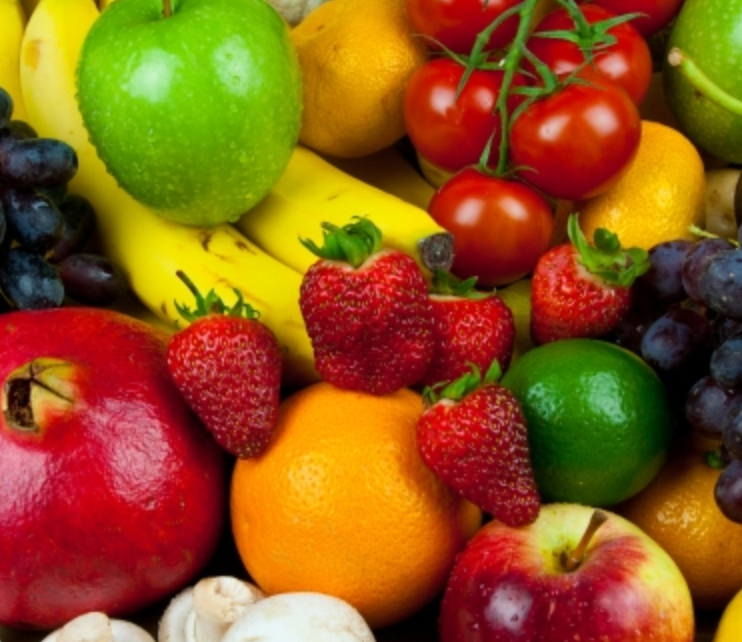Who doesn’t love glowing white skin with no traces of blemishes? It is a natural desire. Clearer, fairer and healthy looking skin is a sign of beauty. Whitening your skin is neither about spending a fortune in state-of-the-art skin whitening procedures nor about putting creams on your skin although the latter works just fine.
What’s the solution? Can foods actually help you whiten your skin?
Yes.
Without using any chemical products, skin care creams and treatments, you can naturally whiten your skin with foods.
Healthy Diet – The Key to Bright and Radiant Skin?
The key to whitening your skin starts from following a healthy colorful diet and active lifestyle. Without a proper diet, it is not possible to improve your skin tone.
Fresh fruits and vegetables contain most of the nutrients required by the body. When you eat a healthy diet, it reverses many health problems, which can improve the skin tone.
These foods contain fiber and nutrients to flush away the accumulated toxins. They cleanse the body internally, which also gives a natural glow externally on your skin.
The following is a list of skin whitening foods you can eat regularly to improve your skin tone and complexion:
 1. Tomatoes
1. Tomatoes
Here is a secret about tomatoes. Tomatoes are natural the sunscreen! Eating tomatoes protects your skin from harmful rays of Sun. It can treat the uneven skin tone.
2. Watermelon
Watermelon is not just a summer fruit, but a great skin friendly fruit for brightening and lightening.
3. Lemon
Lemon is a natural bleaching agent enriched with antioxidants and vitamin C. Drink a glass of lemon juice a day, to cleanse your body, improve your skin tone and brighten the complexion.
4. Orange
Orange contains Vitamin A and Vitamin C, the skin friendly vitamins. Orange helps in collagen production, which keeps the skin plump and glossy. Similarly, you can include kiwi, grapefruit, etc.
5. Pomegranate
It is the elixir of youth. Poms are a super fruit that can make wonders on your skin. It helps in secretion of fresh and pure blood, which itself naturally enhances your skin tone.
6. Cucumber
Loaded with Vitamin B and micronutrients, this watery vegetable is a natural skin whitening food you can relish.
7. Beetroot
Known for the richness of iron, copper and manganese, beetroot flushes away the toxins from the body. When the toxins are eliminated, it automatically enhances the skin. Drink a glass of fresh beetroot juice a day and notice your skin turning brighter and fairer with a beautiful glow.
Foods to Avoid if you Want Whiter Skin:

While we do have healthy skin whitening foods, we equally have unhealthy foods that damage the skin tone and accelerate aging.
Stay away from these foods if you want to enhance your skin complexion.
- Colas, sodas and carbonated beverages
- Tetra packs and tinned / canned juices
- Coffee
- Deep fried foods
- Foods high in sugar and salt
Here Are Some Quick Tips:
Drink a lot of water and natural drinks like young coconut, fresh fruit juices, etc to keep your skin moistened and hydrated.
Drink green tea in place of coffee and other beverages to delay aging and enrich your skin with antioxidants.
Beyond foods, get good sleep and consider trying a natural lightening cream that uses natural ingredients..
Amaira is a natural skin lightener that is used on intimite areas but we recommend it for any part of your body. You can read our review of Amaira below.











 1. Tomatoes
1. Tomatoes While we do have healthy skin whitening foods, we equally have unhealthy foods that damage the skin tone and accelerate aging.
While we do have healthy skin whitening foods, we equally have unhealthy foods that damage the skin tone and accelerate aging.















